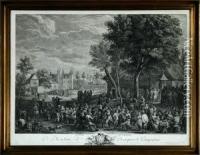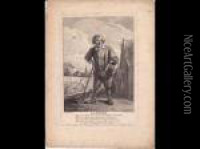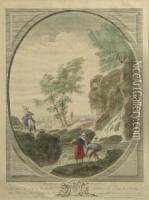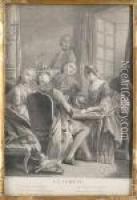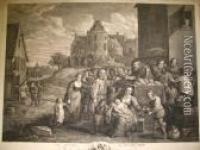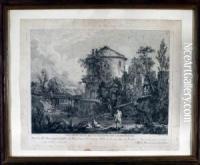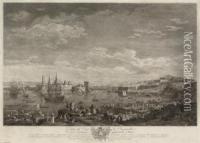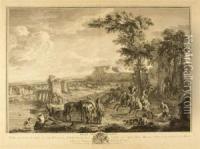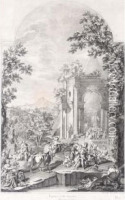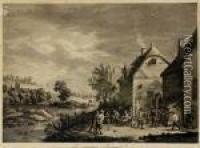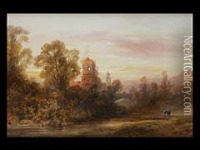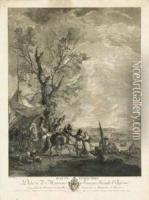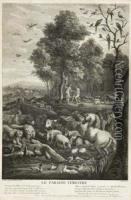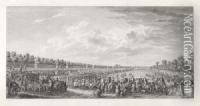Jacques Philippe Le Bas Paintings
Jacques Philippe Le Bas, born on November 29, 1707 in Paris, France, was an influential French engraver. He is recognized for his skillful reproductions of paintings by contemporary and earlier masters, which played a significant role in the dissemination of artistic styles and trends during the 18th century.
Le Bas trained under the renowned engraver Nicolas-Henri Tardieu, which provided him with a solid foundation in the techniques of intaglio printmaking, particularly in the art of engraving. His talent and dedication to his craft soon earned him recognition in the French art community.
In 1734, Le Bas became a member of the prestigious Académie Royale de Peinture et de Sculpture, which marked a turning point in his career. He was appointed as the King's engraver, a position that not only granted him significant status but also allowed him to influence the art of engraving in France.
Throughout his career, Le Bas produced a vast number of engravings, including landscapes, portraits, and genre scenes. He often collaborated with artists such as François Boucher, Jean-Baptiste Oudry, and Charles Eisen, translating their paintings into prints that were widely circulated and admired.
Le Bas's engravings are noted for their technical finesse and ability to capture the nuances of the original paintings. His works contributed to the development of the French school of engraving, which became renowned for its elegance and precision.
Beyond his personal achievements, Jacques Philippe Le Bas played a crucial role in training the next generation of engravers. His workshop was one of the most sought after, and he taught many students who would go on to become prominent artists themselves.
Le Bas's legacy extends beyond his individual works, as he helped to establish a tradition of high-quality engraving that influenced French art long after his death on April 23, 1783. His engravings remain a testament to the artistic fervor of the Enlightenment era in France and provide valuable insight into the visual culture of the time.
